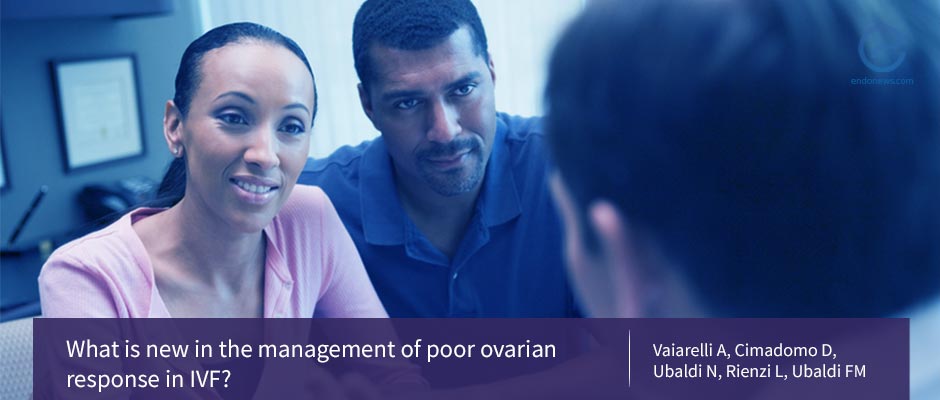Increasing IVF Success Rates
May 11, 2018
DuoStim seems to be the best method of increasing the number of eggs to be used in IVF, therefore potentially increasing the success rate of the technique.
Key Points
Highlights:
- DuoStim is the most promising approach to increase the number of eggs to be used in each IVF cycle.
Importance:
- The number of eggs retrieved following ovarian stimulation greatly influences the outcome of IVF.
- Optimizing the number of eggs based on the age and ovarian reserve of the patient is of great importance.
What's done here:
- The authors reviewed new strategies that are being developed to increase the chance of infertile women getting pregnant, especially if they were classed as “poor responders”.
Key results:
- DuoStim (Double ovarian Stimulation) seems to be the most promising approach to increase the number of eggs collected in a single ovarian cycle.
- The starting dose of gonadotrophin does not result in a higher number of eggs collected to be used in IVF in women with low ovarian reserve.
- The exact classification of a patient based on the number of eggs retrieved per IVF cycle is of paramount importance in deciding the correct treatment strategy.
Lay Summary
DuoStim or double ovarian stimulation is the most promising approach to increase the number of eggs collected to be used in IVF, according to a review article published in the journal Current Opinion in Obstetrics and Gynecology.
Pain and infertility are common features of endometriosis and research have shown that 35 to 50 percent of women with endometriosis are infertile. IVF may be an option for women with endometriosis who cannot get pregnant naturally, but the technique is not always successful. Increasing evidence suggests that having a higher number of eggs collected that will be fertilized with IVF greatly influences the chance of a woman getting pregnant, especially if they are a so-called “poor responder”, or have a low ovarian reserve. The ovarian reserve is the capacity of the ovary to provide eggs that are capable of being fertilized and lead to a pregnancy.
DuoStim is a revised protocol that stimulates the ovaries to produce eggs where two stimulation cycles are performed in a very short space of time.
During normal egg development, a group of new, immature eggs already start to develop while the egg or eggs produced in the previous cycle mature. The idea behind DuoStim is to ensure that those immature eggs are also made available in the same cycle, therefore increasing the total number of eggs that can be used in each IVF cycle.
The authors of the review stress the importance of correctly evaluating a woman’s egg reserves, especially is they are poor responders, based on their age in order to increase their chance of having a successful IVF treatment.
Other strategies reviewed in the article to increase the chance of women with a normal ovarian reserve undergoing IVF to become pregnant include:
- Treating patients with a higher dose of gonadotropins (hormones that stimulate egg production) for longer
- Increasing the dose of other hormones such as follicle stimulating hormone and the addition of luteinizing hormone activity
- Synchronizing the follicle wave with oral estrogens, the contraceptive pill, or progestins before starting ovarian stimulation in combination with agents that block gonadotropin-releasing hormone
In patients with a poor ovarian reserve, increasing the starting dose of gonadotrophin will not result in a higher number of eggs collected and therefore not increase the potential success of IVF treatment, the authors say. They add that for such patients ovarian stimulation can be started any time during the menstrual cycle and should be repeated in the second half of the cycle (between days 17 and 21) in order to stimulate the maturation of immature eggs.
According to the authors, more data are needed to confirm the effectiveness of DuoStim. It is also important to analyze the cost-effectiveness of the approach in order to justify its use in the clinic.
Research Source: https://www.ncbi.nlm.nih.gov/pubmed/29664789
IVF ovarian reserve ovarian stimulation DuoStim pregnancy

